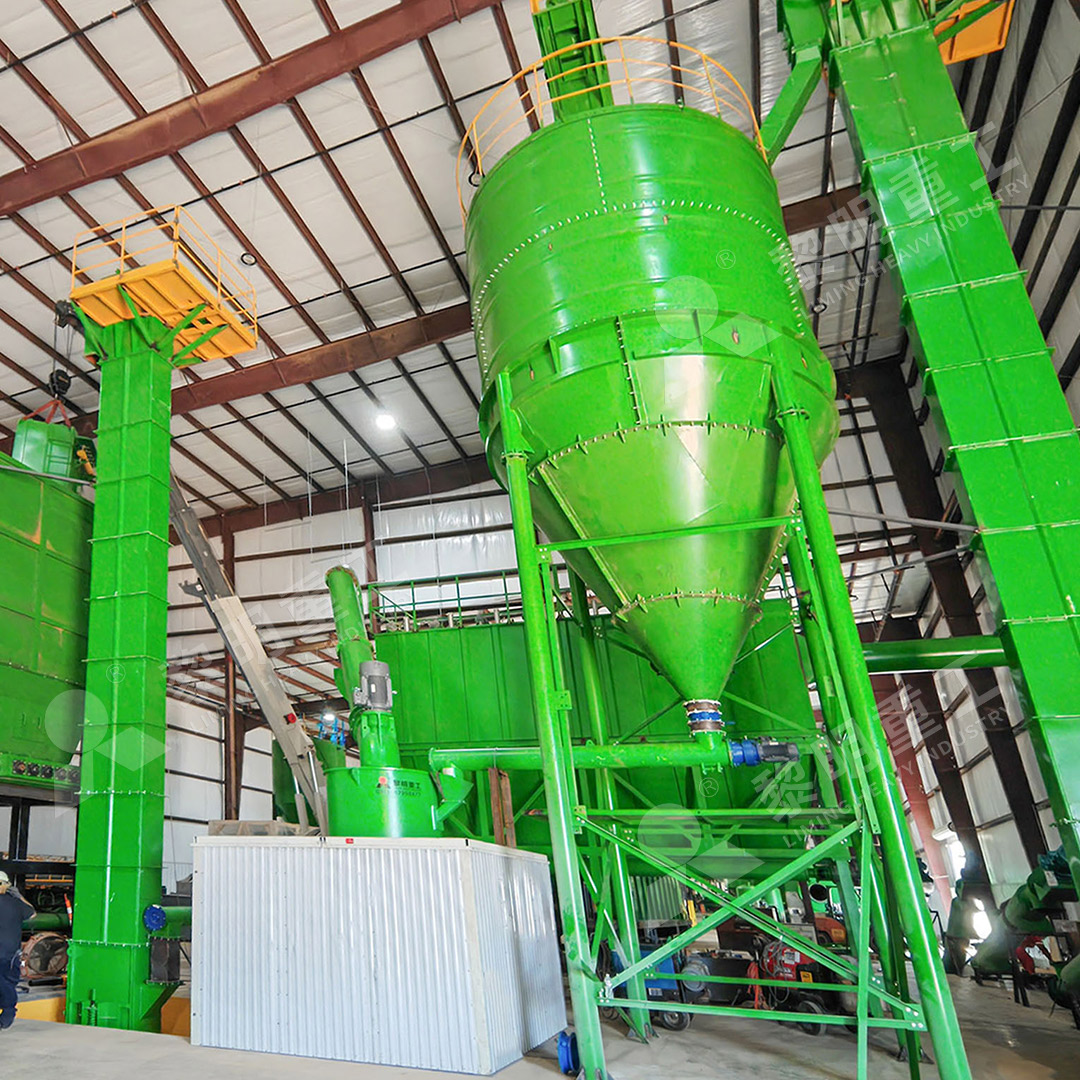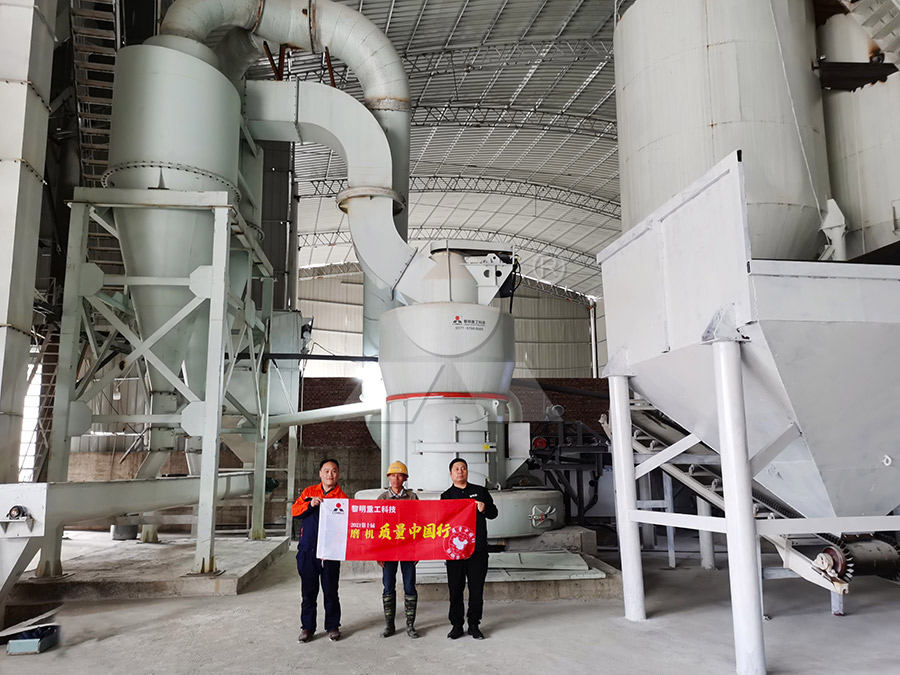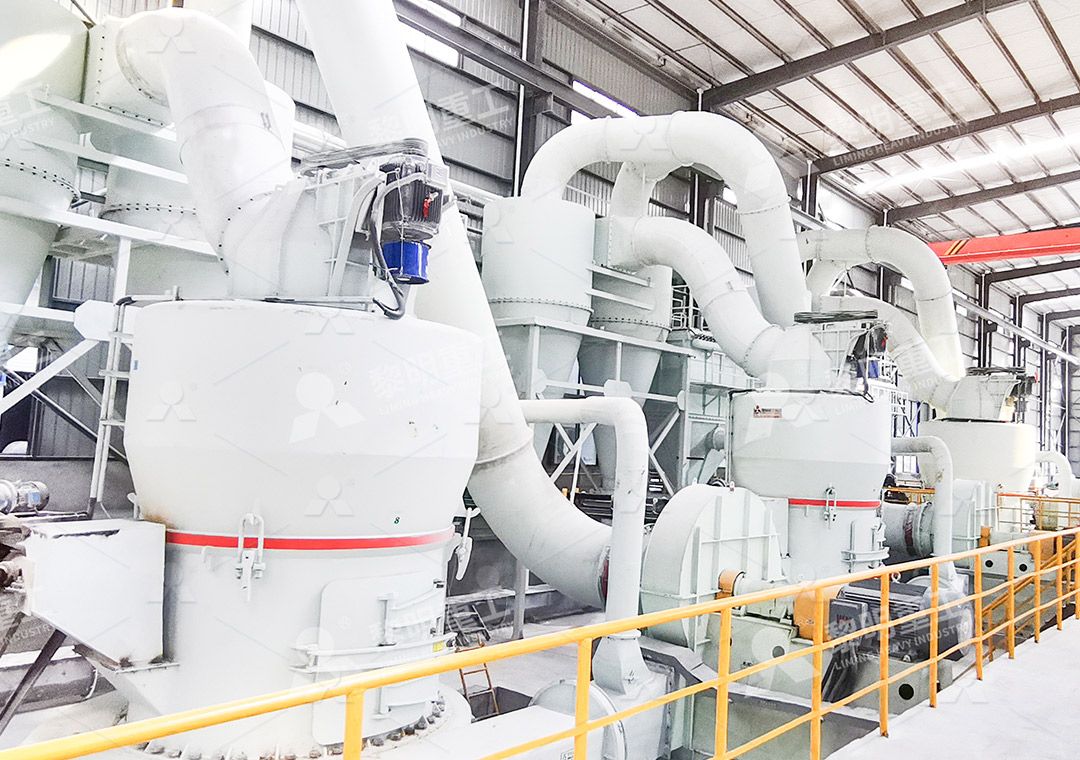High Efficiency Ore Grinding Mill Solutions in Wuxi for Mineral Processing
Revolutionizing Mineral Processing Through Advanced Grinding Technology
Wuxi has emerged as a pivotal hub for mineral processing equipment manufacturing, with companies continuously pushing the boundaries of grinding efficiency and operational excellence. The region’s expertise in developing sophisticated milling solutions addresses the evolving demands of modern mineral processing operations worldwide.

The Critical Role of Precision Grinding in Mineral Recovery
Effective mineral processing hinges on achieving optimal particle size distribution through precise grinding operations. Traditional grinding methods often fall short in delivering the consistent fineness required for maximum mineral liberation while maintaining energy efficiency. This is where advanced grinding mill technologies make their mark, offering superior control over particle size distribution and significantly reducing energy consumption.
For operations requiring ultra-fine powder production, the MW Ultrafine Grinding Mill represents a technological leap forward. Engineered for customers who need to produce ultra-fine powder between 325-2500 meshes, this machine demonstrates remarkable efficiency gains. With an input size capacity of 0-20 mm and throughput ranging from 0.5-25 tph, the MW series incorporates German cage-type powder selector technology that ensures precise particle separation. The absence of rolling bearings and screws in the grinding chamber eliminates common failure points, while the integrated pulse dust collector maintains environmental compliance throughout operation.
Addressing Modern Mineral Processing Challenges
Contemporary mining operations face increasing pressure to reduce environmental impact while maintaining profitability. Dust control, noise reduction, and energy consumption have become critical considerations in equipment selection. Modern grinding mills address these concerns through innovative engineering solutions that prioritize both performance and sustainability.

The integration of digital processing technologies has further enhanced equipment reliability and precision. Numerical control machine tools ensure consistent manufacturing quality, particularly for core components where precision directly impacts grinding efficiency and product quality. This digital approach extends to operational controls, allowing precise adjustment of grinding parameters to match specific ore characteristics.
Specialized Solutions for Diverse Applications
Different minerals present unique grinding challenges that require specialized approaches. From limestone and calcite to barite and talc, each material demands specific grinding characteristics. The versatility of modern grinding equipment allows processors to handle diverse materials including those for chemical industry applications, paints, cosmetics, and food additives.
Another standout solution for operations requiring vertical grinding configuration is the LUM Ultrafine Vertical Grinding Mill. With its input size of 0-10 mm and capacity of 5-18 tph, this mill integrates Taiwanese grinding roller technology with German powder separating technology. The unique roller shell and lining plate grinding curve design prevents materials’ long lingering time and repeated grinding issues common in traditional mills. The reversible structure simplifies maintenance, allowing operators to easily move grinding rollers out of the body for inspection and replacement, thereby minimizing downtime.
Operational Excellence Through Advanced Engineering
The latest generation of grinding mills incorporates multiple proprietary technologies that collectively enhance performance and reliability. Features such as double position-limiting technology prevent destructive impacts during operation, while multi-head powder separating systems enable rapid switching between different production demands. These innovations translate directly to improved operational stability and reduced maintenance requirements.

Energy efficiency remains a primary focus, with modern mills achieving 30-50% reduction in energy consumption compared to conventional equipment. This is accomplished through optimized grinding curves, efficient powder separation systems, and advanced drive technologies that minimize power requirements while maximizing throughput.
Frequently Asked Questions
What grinding fineness can be achieved with modern ultrafine grinding mills?
Advanced mills like the MW Ultrafine Grinding Mill can achieve fineness between 325-2500 meshes, with screening rates reaching d97≤5μm in a single pass.
How do modern grinding mills address environmental concerns?
Contemporary designs incorporate efficient pulse dust collectors and mufflers that minimize dust and noise pollution. Entire milling systems operate according to national environmental protection standards with no dust pollution generation during operation.
What maintenance advantages do newer grinding mill designs offer?
Innovations like the absence of rolling bearings in grinding chambers and reversible structures for easy roller access significantly reduce maintenance complexity and downtime. External lubrication systems enable maintenance without shutdown.
How significant are the energy savings with advanced grinding technology?
Modern mills can reduce energy consumption by 30-50% compared to conventional equipment while increasing production capacity by up to 40% over jet grinding mills and doubling the output of ball grinding mills.
What materials can be processed using these advanced grinding mills?
These mills handle diverse materials including limestone, calcite, dolomite, petroleum coal, gypsum, barite, marble, talc, and various industrial minerals for applications across chemical, construction, and manufacturing sectors.
